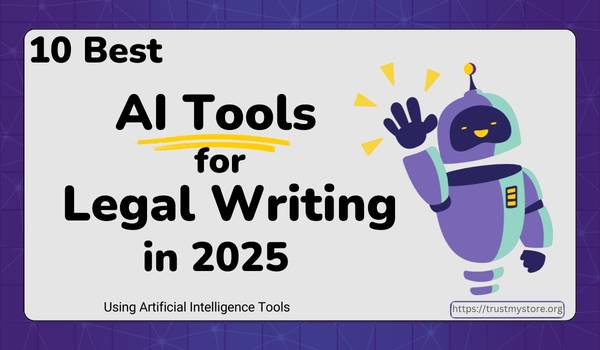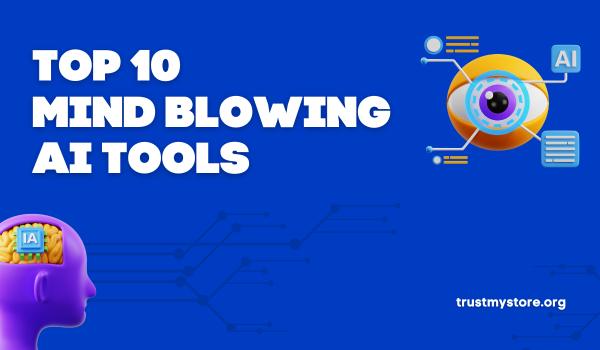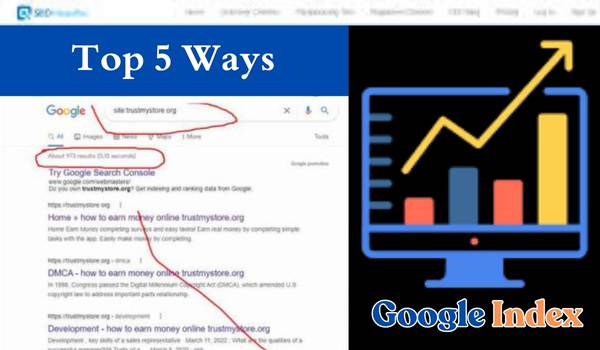In the legal business, where promptness and precision decide contracts, the introduction of AI tools has significantly transformed legal writing. As we prepare for 2025, let us examine the ten best AI tools for legal writing that every practicing lawyer should have to increase efficiency. Why AI Tools Are Transforming Legal Writing Tasks, including drafting complex documents, reviewing them, and complying with requirements, areal and dreary, and the law has always been about. Automating these menial tasks with AI tools, reducing human error, and providing access to many legal materials dramatically improves efficiency. Accomplished quality is assured, and lawyers can make decisions more strategically.
Top Features to Look for in AI Legal Writing Tools
1. Anticipating Legal
Firsthand access to databases containing statutes and precedents is essential for AI tools. Natural language processing (NLP), for instance, is a feature that does away with the need to sift through records to find case law
2. Document Automation
Automated Boredom filter also automates the tedious aspects of drafting thanks to templates streamlining contract creation, agreements, and memos
3. Compliance Management
There’s no negotiating on legal compliance. Everyone recognizes that people always bring set rules, so regulatory advice mandates additional instructions on compliance.
4. Makang’atia cha Mwa’ na Msilpa
Komoo uregu wa iemromba ekiriria eiri mona aka tehini tyaguko maspove mamo kuma eba ikang‘atia cha mwani ensuso.
10 Best AI Novel Writing Software
Top Ten AI Writing Tools for Lawyers to Use in 2025
i. CaseText
A CaseText has raised the bar in regulatory writing. This tool uses advanced NLP and is fueled with CoCounsel in:
Legal Research: By analysis, English language queries seek and bring results.
Document Assembly: Automates a sequence of repetitive legal activities, ensuring the produced documents do not contain errors.
What are the reasons for choosing CaseText that works?
There is special training for CaseText’s AI engine, which is based on legal data and not any other information, resulting in an accuracy that works well.
ii. Lexis +
Lexis+ expands the scope of legal writing through the fusion of legal research techniques and AI-based tools. Along with other features, including:
Analysis of Brief: Precedents not included in the brief are pointed out, which increases the quality of the brief, legal reasoning, and other claims.
Citation Checker: Verifies if the citations used are in the proper form and up-to-date.
News themes choosing Lexis + Context
One of the features of this tool is “Search Tree.” It represents the routes adopted during legal research, especially in query orientation.
iii. ROSS Intelligence
A ROSS intelligence focuses on its users to perfect the use of research and the creation of legal documents. Unique in this respect is:
Why does ROSS intelligence stand out?
ROSS is essential for legal professionals with timelines to follow, as ROSS can quickly return relevant results.
iv. Luminance
Luminance assists in reviewing and analyzing legal contracts with its AI-powered tools. Its key features include:
Document Comparison: Highlights inconsistencies and differences in multiple documents.
Clause Identification: assists in the location of particular clauses and the reasons why they are essential.
What makes Luminance unique?
The unique aspect of this tool is its capability of learning, which will enhance with time as one uses the tool more and more.
v. LawGeex
Contract review and negotiation are LawGeex‘s forte. Its features include:
Automated Contract Review: A tool capable of identifying problems and breaches of regulations.
Real-time Suggestions: A tool used during contract negotiations.
What makes LawGeex unique?
Besides Lawgeex, it offers a specialized tool for in-house legal departments specializing in contract law.
vi. JurisDOC
For smaller-sized firms, JurisDOC enables a scenario where document drafting can be done with a systematic approach. Its features include:
Template-Based Drafting: Includes a variety of templates that are useful for contracts and pleadings that can be modified to suit specific requirements.
Clause Library: Different initial clauses that can be used present among various clauses.
What makes JurisDOC unique?
It is cheap and suited for self-employed lawyers and small firms.
vii. BriefCatch
For individuals who wish to work on legal briefs, BriefCatch is of utmost importance. Its key features include:
Grammar and Style Enhancements: A tool to ensure the legal writing is polished and easily read.
Scoring Metrics: A comprehensive report commenting on the quality of the work done on the writing.
Why select BriefCatch?
It benefits litigation-type professionals due to its concentration on creating good texts.
viii. Everlaw
Everlaw is an eDiscovery and legal case management solution. There are such tools as:
Collaborative Tools: Makes it possible to work together on legal cases.
AI Document Review: Monitors documents to speed up the preparation of cases.
Why select Everlaw?
The software structure saves, supports, and secures information on the cloud, ensuring flexibility.
ix. DoNotPay
DoNotPay is pitched at basic legal chores and fighting for consumer rights. Those are the main parts of it:
Document Generation: This function allows the automatic production of a legal letter or form.
Chat Assistance: Respond to basic legal queries.
Why select DoNotPay?
It is available to the masses because it is cheap and easy to use.
x. DocuSign Insight
DocuSign Insight deals with managing the contract lifecycle. Some of its features include:
AI-Powered Analysis: Use technology to scan and sort contracts.
Risk Assessment: Helps assess risks applicable to agreements.
Why select DocuSign Insight?
General contractors dealing with its eSignature service will find it very expedient considering the ease of use, and together with OfferStream’s tools, it is a fully-fledged solution.
Conclusion
Undoubtedly, the ten best AI tools for legal writing for the year 2025 will enable legal professionals across the globe to carry out many tasks at the click of a button, thereby streamlining the processes and resulting in effectiveness and accuracy. These tools are critical in modern-day legal work, whether preparing contracts, looking up case law, or working with clients. To differentiate your practice, invest in these technologies today as AI develops.
Benefits of Using AI Tools for Legal Writing
Higher Output
Repeating the same actions takes time; hence, AI tools free up lawyers for more valuable activities—reasoning.
Lesser Mistakes
Once things become automatic where human intervention is almost nil, the margin for error is nonexistent, especially in legal documentation.
Cost Efficiency
Consultancy fees can be avoided by minimizing engagement with external advisors, resulting in considerable cost savings during operational activities.
Better Client Outcomes
End-to-end processes, together with accurate data, facilitate improved case results and increased client satisfaction.
10 Best Crypto for Long-term Investment
Obstacles in Embracing AI Instruments
Learning Curve: Most of these machines can efficiently function only after training.
Data Security: It is imperative to ensure that relevant data remains private.
Initial Costs: For some companies, the upfront costs would be pretty significant, although the return on investments would be considerable over some time.
How to Identify the Correct AI Tool For Your Requirements
Assess your requirements: Determine if you require research, drafting, or compliance assistance.
Evaluate Features: Seek instruments with covenant-based complying functionalities for selected practice areas.
Consider Budget: Check within the boundaries of the firm’s capability for the cost of such a tool.



